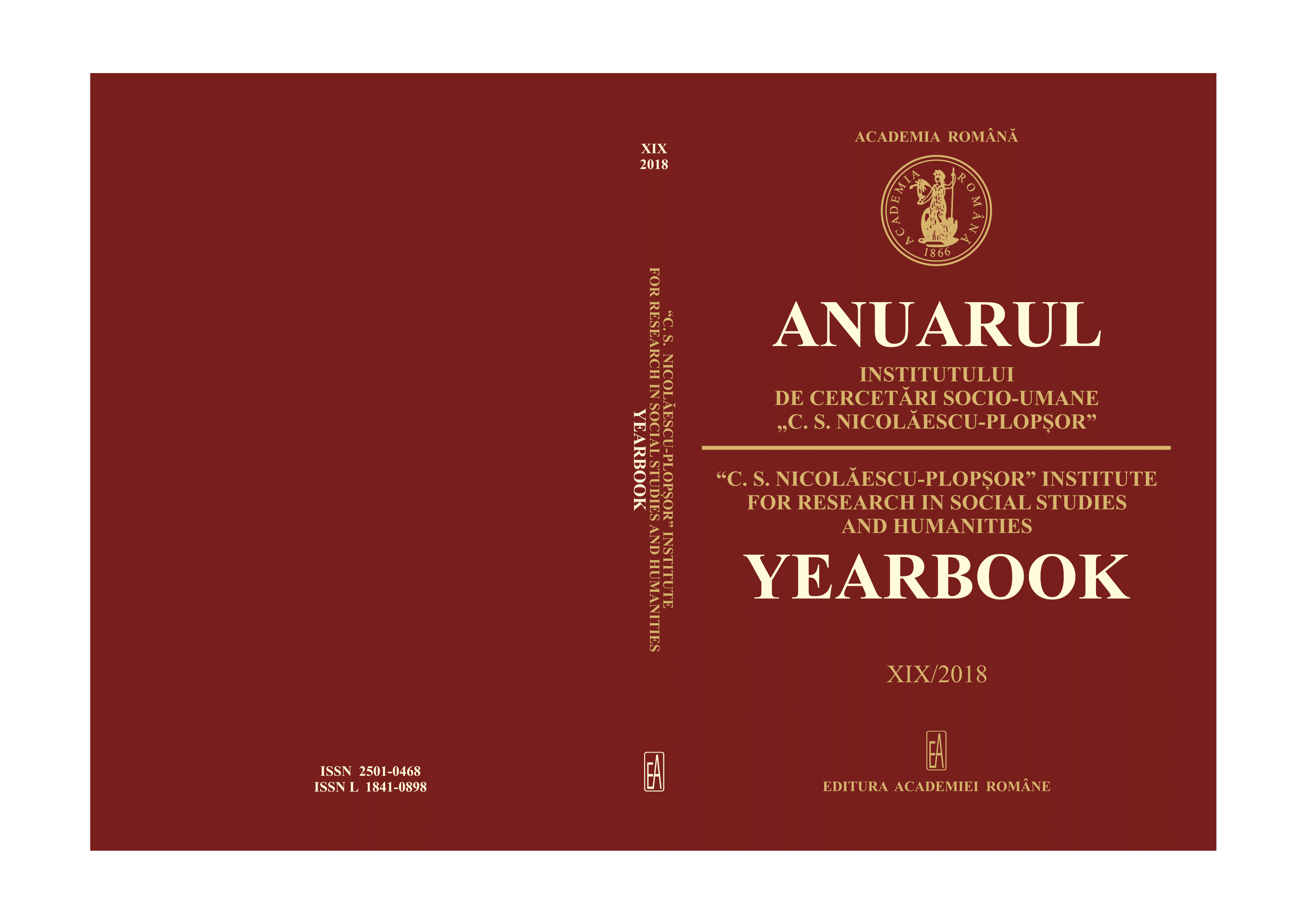THE TOURISTIC POTENTIAL OF THE MONASTERIES FROM OLTENIA REGION
THE TOURISTIC POTENTIAL OF THE MONASTERIES FROM OLTENIA REGION
Author(s): Elena Bogan, Ioana Mihaela IamandeiSubject(s): Geography, Regional studies, Regional Geography
Published by: Editura Academiei Române
Keywords: Orthodox monasteries; cultural tourism; cultural heritage; religious tourism; religious heritage; pilgrims; accomodation; Oltenia region;
Summary/Abstract: The Oltenia region, including the counties of Vâlcea, Gorj, Dolj, Olt and Mehedinţi, has a valuable cultural and religious heritage, with material and spiritual assets that exist in over 100 orthodox monastic settlements. These are monasteries and shrines hundreds of years old, some of them dating before the year 1000 AD. Most of them were built during the medieval period, and were endowed by the country’s leaders and representatives of the Church with valuable things especially consisting of gold and silver, objects and church vestments, manuscripts and unique or rare books, originalmurals and paintings. Oltenia is the one of the few regions that placed Romania for the first time on the UNESCO list, with the Hurezi / Horezu Monastery, in 1993. The monastery is a symbol of the Brâncoveanu architectural style and also of the Painting School, that imposed artistic expressions that can be recognized throughout the Balkans. After 1989, the monasteries from Oltenia region have started to open for the public more and more, bringing real development in tourism accommodation, restaurants and shopping. The St. Ana and Horezu Monastries are among the first tohave developed around them real industries for the promotion of Christian symbols and also nearby tourist attractions.
Journal: Anuarul Institutului de Cercetări Socio-Umane „C.S. Nicolăescu-Plopșor”
- Issue Year: 2018
- Issue No: XIX
- Page Range: 152-164
- Page Count: 13
- Language: English

